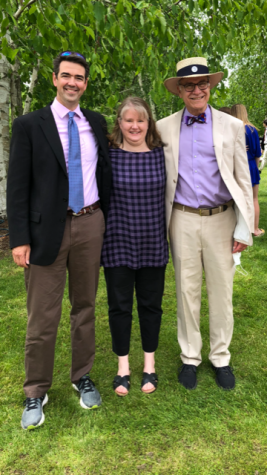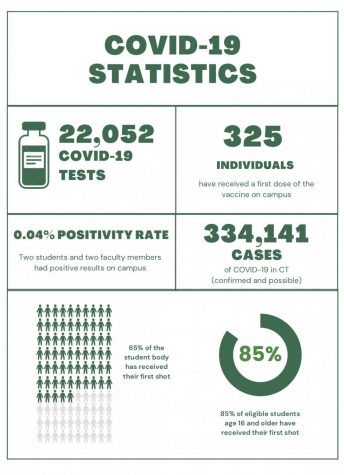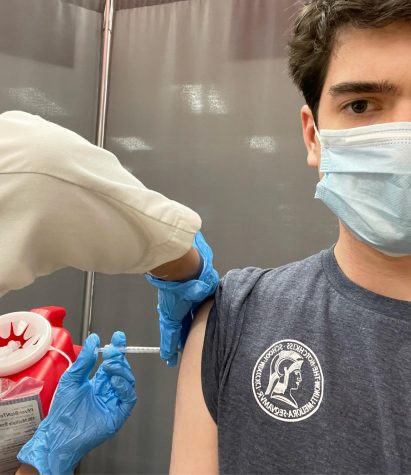How Have Art Classes Adapted to COVID-19?
How are students rehearsing for orchestra over Zoom? How will theatre classes perform? Teachers from the visual and performing arts department have been working to make sure art remains a significant part of the curriculum despite the COVID-19 pandemic.
Music classes have been moved online in three categories: private lessons, music history, and ensembles or music theory. Some music students, including Vivian Shi ’23, who plays the piano, have encountered difficulties in their private lessons. She shared, “It’s harder for teachers to judge the quality of music played by the students, and for students, it’s more difficult to grasp musical techniques without face-to-face instructions.”
Despite these obstacles, Mr. Fabio Witkowski, head of the visual and performing arts department, has devised a method of conducting orchestra rehearsals virtually. He said, “I have recorded a reference video track of me conducting the piece we are working [on] with the orchestra. Students record their individual parts while watching the reference video. By the end of the semester, we should have refined everything enough to actually present it in a livestream concert. Students have been great – this has been a fantastic collaborative process.”
Visual arts classes that usually rely on studio time have begun to place more emphasis on conceptual development rather than on physical skills, techniques, and materials. Students are using screen-sharing and discussion boards on Zoom to evaluate peers’ work. According to Mr. J. Bradley Faus, director of the visual art department, emergency art kits were sent to students who were unable to acquire art supplies. “There is a lot of COVID-19 art out there and we want to encourage authentic experience[s] and interaction[s] with the visual art world,” said Mr. Faus. “The work of young artists engaging with genuine emotional and expressive content is an essential core of our program.”
Photo students have been asked to take pictures of their surrounding environments based on given prompts, followed by Zoom-based peer critiques. Mr. Greg Lock, director of photography, film, and related media, said, “This is all very weird, and we are trying to get students to photograph that weirdness, either by shooting clear identifiers like PPE (personal protective equipment) or empty streets or signage. Even better, we ask students to try and capture how their own perceptions of their surroundings and themselves have changed since the crisis.”
However, even with the creative solutions photo teachers have devised, there are some limitations to the current situation. Daniel Hale ’23, a Prep humanities photography student, commented, “One challenge of staying inside is that our choices of photos [are] limited, but our class ha[s] been working through it together.”
Without face-to-face performances, theatre classes have focused on sharpening the fundamentals of acting through script analysis and storytelling. Mr. Parker Reed, instructor in theatre, is encouraging his students to take advantage of online resources such as The National Theatre, Shakespeare’s Globe, and 24 Hour Plays. Mr. Reed loves to see students create. He said, “It’s the perfect time to craft monologues, duologues, scenes, and anything else that jolts [students] awake in the middle of the night.”
“Humankind has produced truly remarkable art during challenging times – think of Picasso’s Guernica, or Shostakovich’s 7th symphony,” Mr. Witkowski concludes. “We truly hope that our students will continue to use art – both as creator[s] or as audience [members] – as an outlet for their creativity, emotions, and well-being. So, while we might be physically distant, our art community remains very much together creating art wherever we are!”










